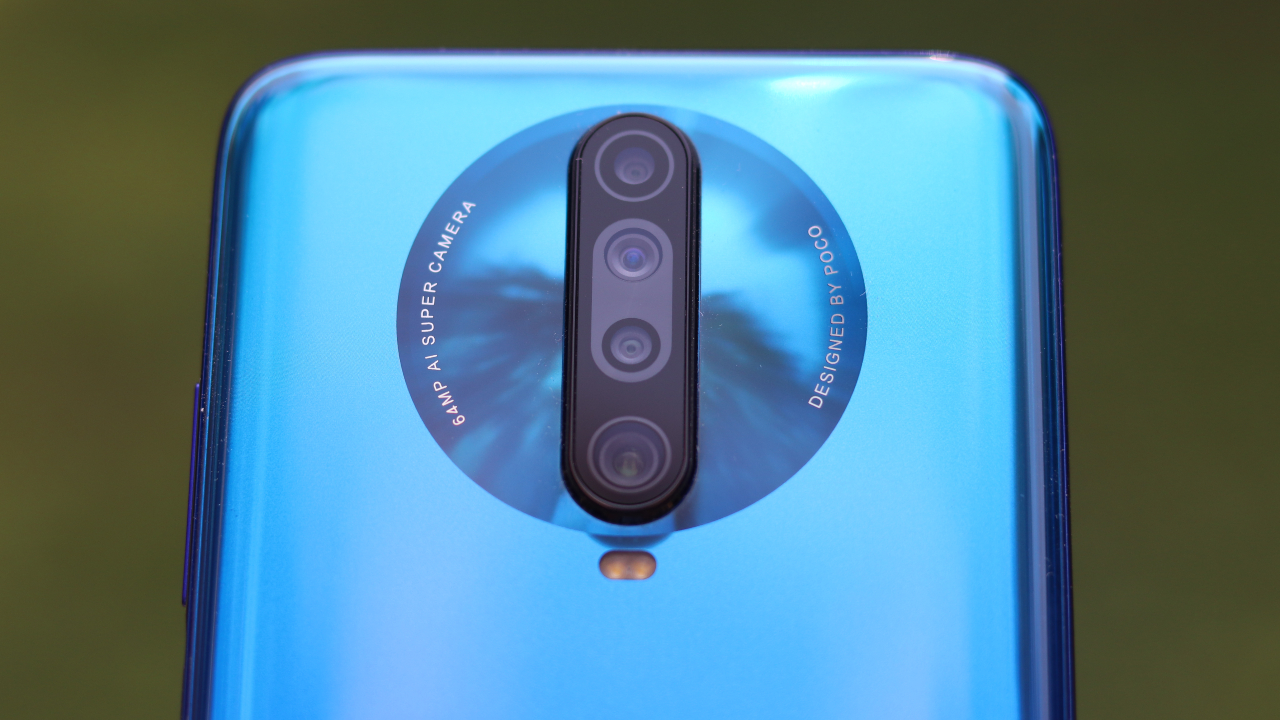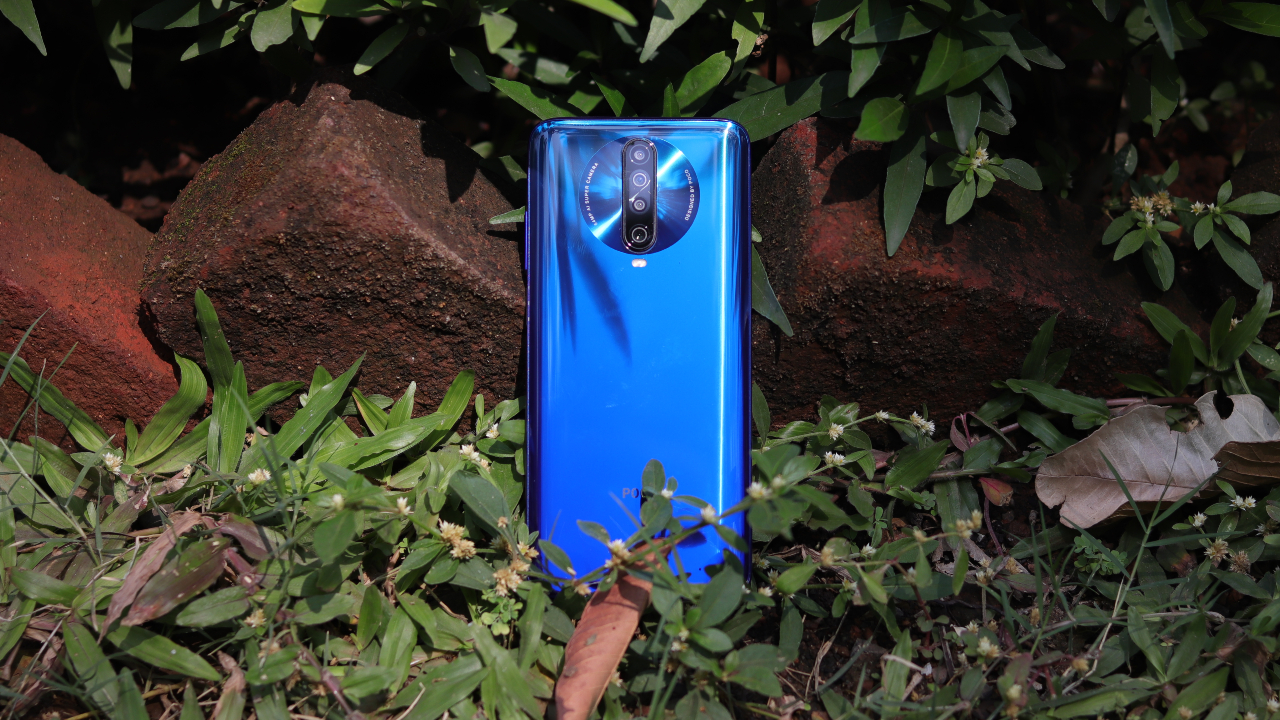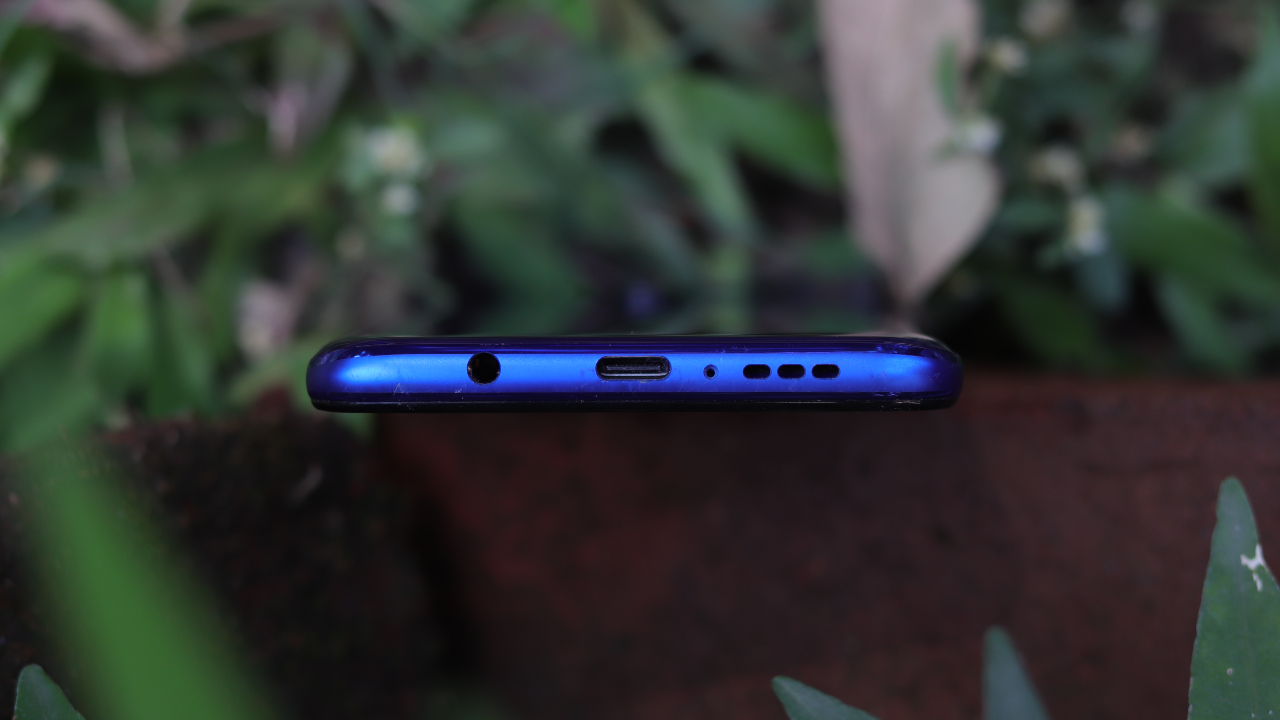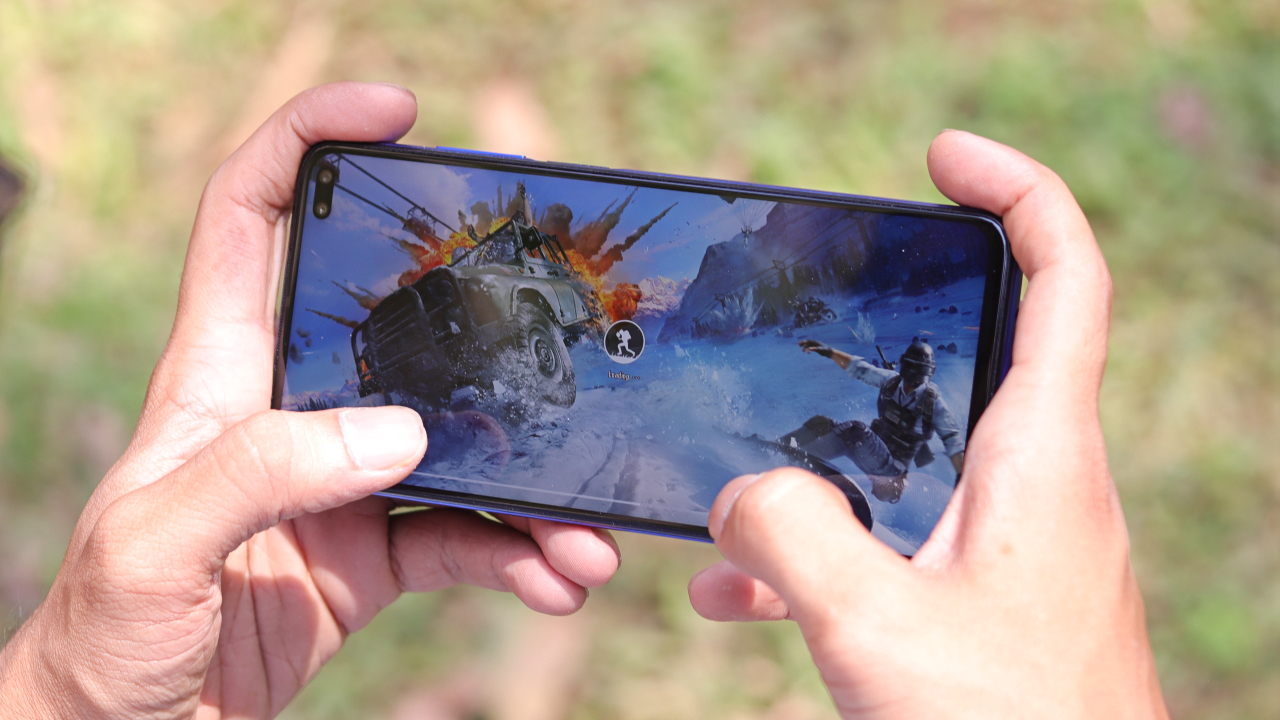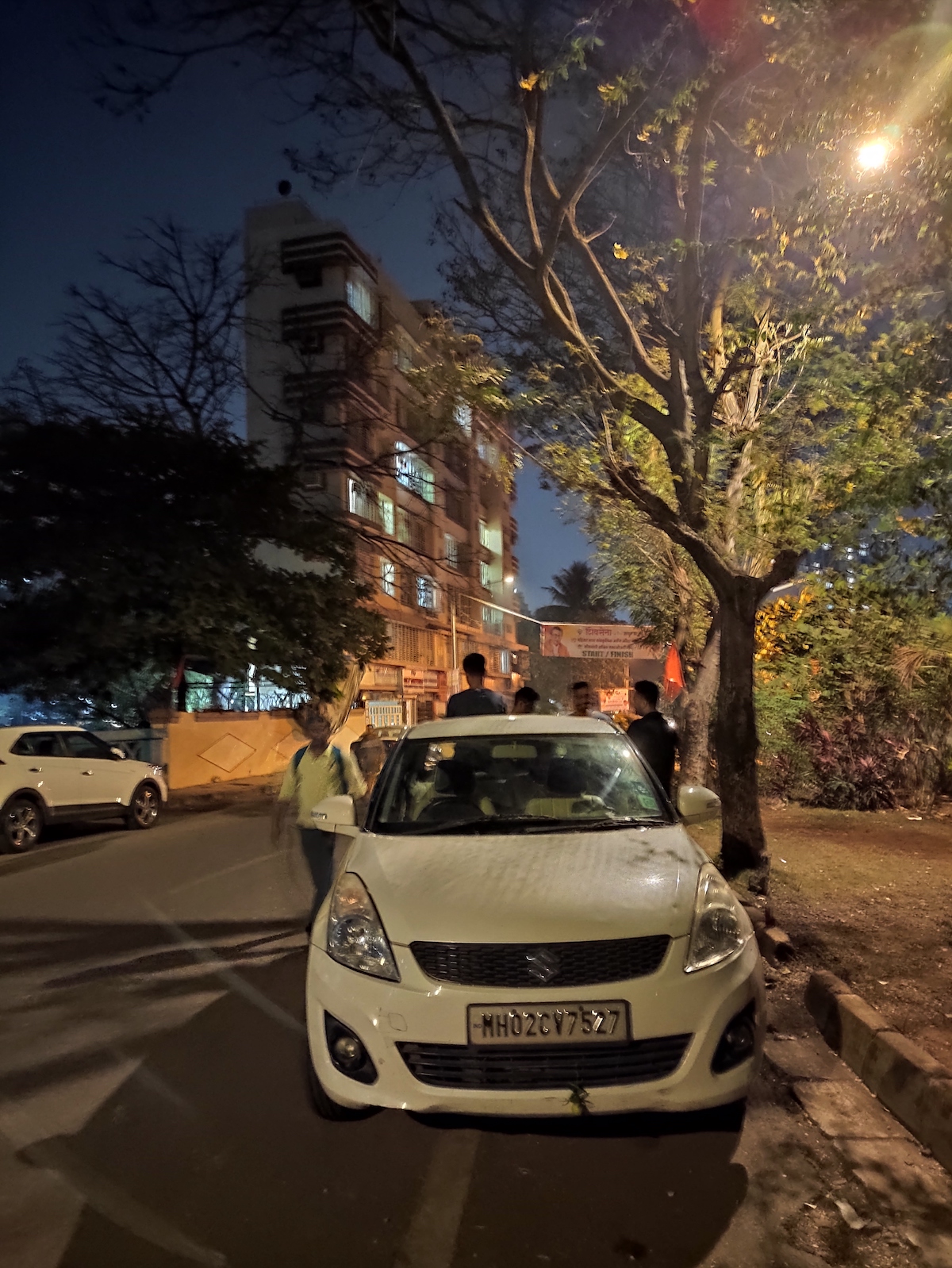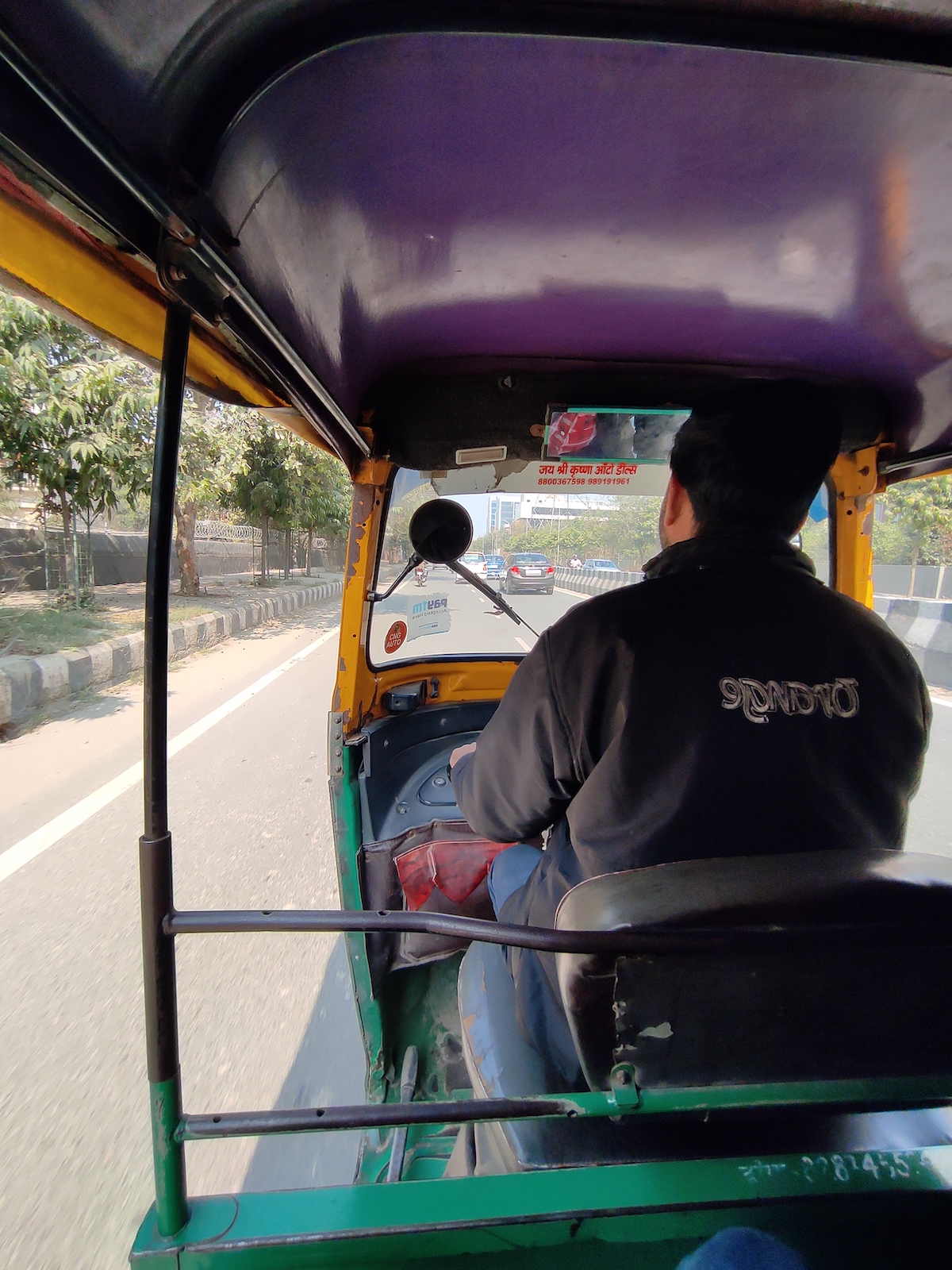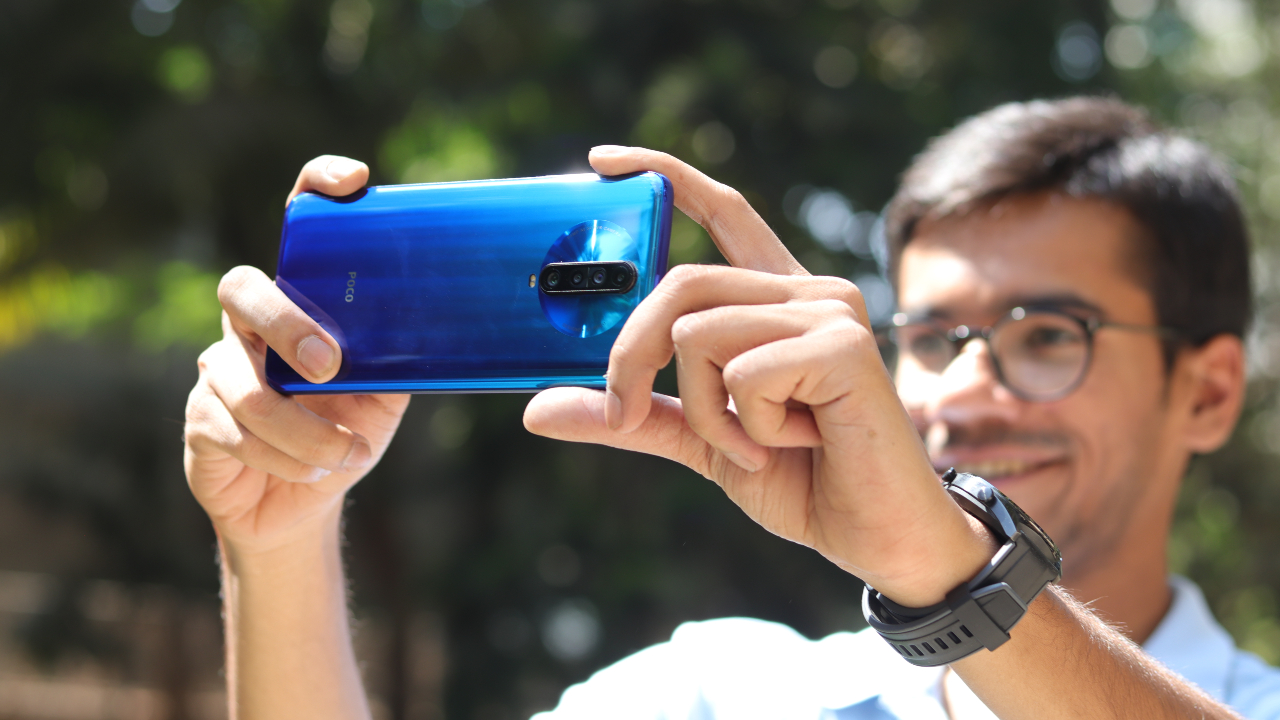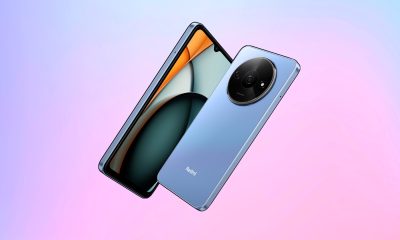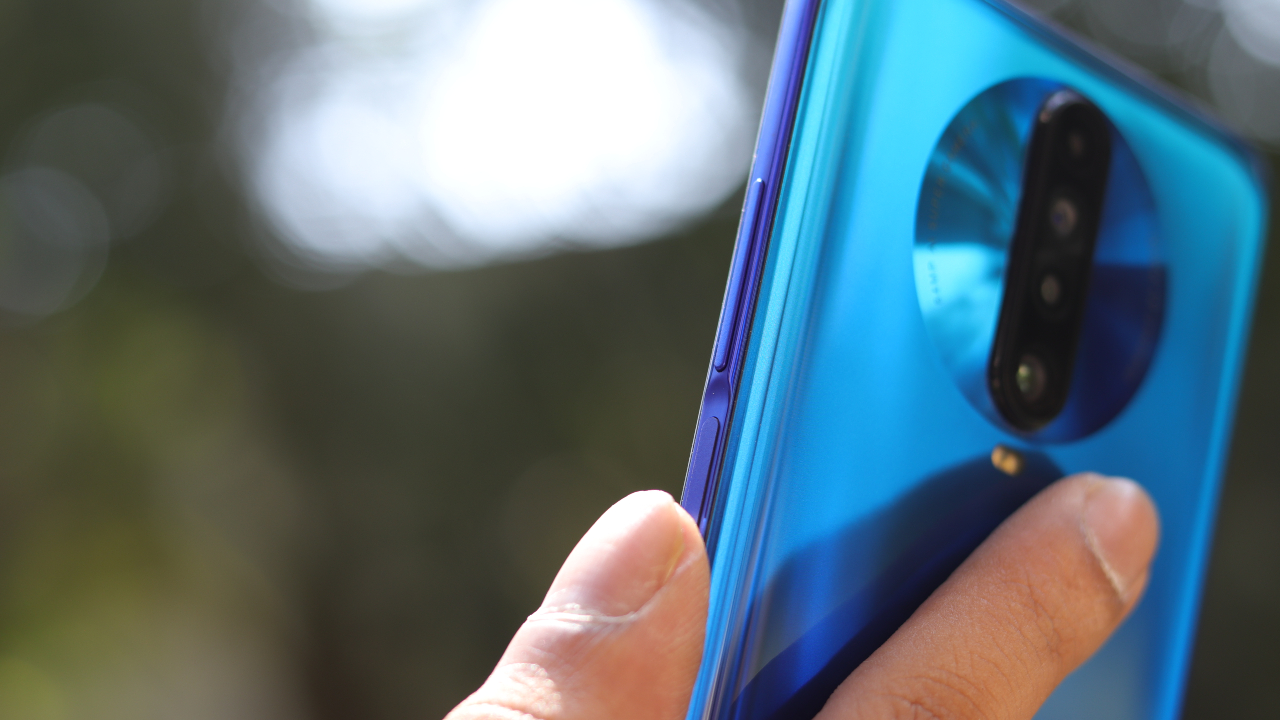
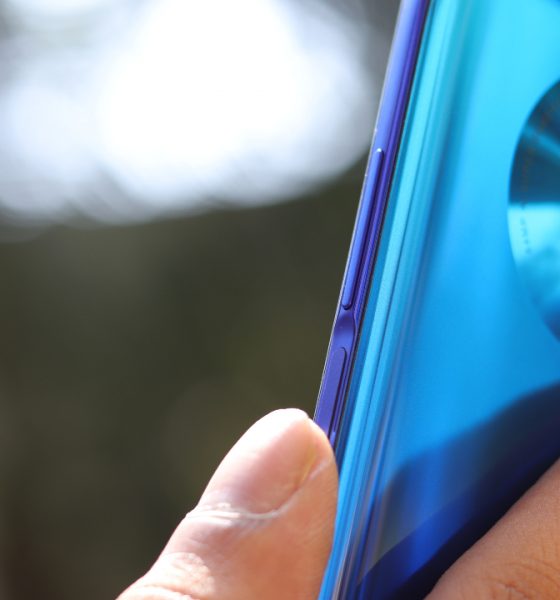
POCO made its debut in the second half of 2018 with the POCO F1. It was the first phone to house a flagship-grade processor at half the cost. Back then, POCO was a sub-brand of Xiaomi and sales were off the roof. Marketing revolved completely around how fast the phone was. In fact, the POCO F1 created a niche segment for itself and continues to remain unchallenged.
However, the brand was dormant throughout 2019. No new phone was launched, which is surprising considering Xiaomi’s track record of flooding the market with options. Fans asked every day, when will the next phone come? Their demands were finally met a month ago with the launch of the POCO X2.
This time, POCO has been spun-off as an independent brand of Xiaomi. And, the POCO X2 isn’t a successor of the POCO F1. It’s a different lineup, targeting a new price segment.
It doesn’t have an infamous flagship-grade processor. But, it has a lot of nifty tricks up its sleeve. I’ve been using the phone for a couple of weeks and my verdict may surprise many of you. With a starting price of INR 15,999, it’s lighter on the pocket, but what about features? Let’s test it out!
The design has improved leaps and bounds
I have the Atlantis Blue variant and it looks stunning at first sight. The POCO F1 had a polycarbonate body and build quality was surprisingly cheap. Thankfully, the POCO X2 doesn’t carry forward that legacy and comes with an all-metal body. The back has a glass covering that gives it a premium as well as a flashy look. The glass also adds up to give a holographic design, slightly changing color depending on the angle you look at.
The camera array is surrounded by a circular optical illusion that’ll make you believe it’s a bump. But it isn’t. Seems like POCO took some inspiration from OnePlus 7T’s “manhole”.
In their defense though, it looks strikingly different and has a design language of its own. The glass on the front as well as the back is Gorilla Glass 5. I’ve never used a case on phones I review to judge their susceptibility to regular wear and tear. The POCO X2 has survived with flying colors.
The power button and volume rockers are on the right side of the phone and the power button doubles up as a fingerprint scanner. I remember the Nextbit Robin had a similar setup and it was extremely convenient. The same goes for this one. However, the power button is located slightly inward, forcing you to push it with a little more effort.
The POCO F1 had an IR blaster for faster and more accurate facial detection. The POCO X2 skips this feature but the default Face Unlock is fast enough. I used a combination of the two authentication systems and it worked seamlessly.
Lastly, on the bottom is a USB-C charging port, a headphone jack, and the speaker grill. The speaker is loud enough and clear, just like you’d expect it to be.
It has an LCD display and that’s fine
On the front is a 6.7-inch LCD display with Full HD+ resolution and 120Hz refresh rate. This is the first phone in this price segment to have a 120Hz refresh rate and you can feel the difference instantaneously. The smoothness while scrolling is extremely satisfying and delivers an overall premium experience. Although, POCO needs to optimize its software (MIUI 11) to fully leverage the hardware.
Even though it has a higher refresh rate, the UI often tends to stutter while scrolling on apps like Twitter or WhatsApp. I’m sure this can be further refined via an OTA update.
Playing games that support a higher refresh rate like Alto’s Adventure tends to get addictive. The refresh rate automatically falls back to 60Hz in the battery saver mode. When you switch to 60Hz, the change is immediately felt, but you’ll get used to it within a few minutes.
The inclusion of this display completely fills up the gap of not having a flagship-grade processor. You use the display every second you power on the phone, how often do you leverage 100 percent of a flagship processor? At the end of the day, this setup is actually able to provide better user experience, without cutting back on any other functionality.
Lastly, it may not be an AMOLED panel, but LCD surely doesn’t translate to “bad”. This phone has a top-notch panel that can produce perfectly saturated colors, has great viewing angles, and deep enough contrast. There’s also a punch-hole setup on top right and it houses the front camera.
Is it as fast as the POCO F1?
We at GadgetMatch don’t believe in judging a phone by benchmark numbers. Powering the phone is a Qualcomm Snapdragon 730G processor and my unit has 8GB RAM and 256GB internal storage. It’s clear that POCO X2 isn’t built to be a hardware beast and is a budget contender. Considering the price, the Snapdragon 730G is one of the best midrange SoC options available in the market.
It’s able to handle day-to-day tasks with ease and challenging games like PUBG, Mobile Legends, and even Rortos Flight Simulator are playable smoothly. Additionally, games like Alto’s Odyssey support a higher refresh rate and are extremely intuitive to play. The POCO X2 comes with a liquid-cooled vapor chamber which helps heat dissipation and ensures a seamless experience over an extended duration of heavy usage.
Stunning cameras that’ll get better over time
The quad-camera setup on the back includes a 64-megapixel Sony IMX686 sensor, a 2-megapixel depth sensor, an 8-megapixel wide-angle camera and a 2-megapixel macro camera for taking close-up shots. The 64-megapixel isn’t enabled by default and has to be switched on manually.
The camera interface is neat and easy to navigate. The macro mode shows on the main screen and is quickly accessible. It also lets users tap to focus. The close-up shots look really impressive and are great for taking shots of drops or items that are too small. The AI mode livens up photos that might have looked a bit dull otherwise.
We expect the IMX686 sensor to be Xiaomi’s favorite choice of camera this year and could be found onboard many more upcoming phones. This means the company will have a huge data set of test images coming in, in turn, fine-tuning the algorithm.
Though, don’t get me wrong. The sensor is also up to the mark and delivers stunning photos. The Night Mode needs some enhancement, but it’s nothing major.
Lastly, for selfies, the POCO X2 features a 20-megapixel primary camera and a 2-megapixel depth sensor for more accurate edge detection. The primary selfie camera captures clear facial details in selfies, but there is a slight bit of skin smoothening even when the beautification mode is turned off.
How long can it last?
The POCO X2 is equipped with a 4500mAh battery which can easily last through a day with moderately demanding use. Locked to 120Hz, I was easily able to get a full day of use from the hardware. Drop it down to 60Hz and you should make the phone last a whole lot longer.
The POCO X2 comes with a 27W charger which is rated for Qualcomm Quick Charge 3.0. While recharging, the POCO X2 takes slightly more than an hour to go from nada to 100 percent.
Is this your GadgetMatch?
In one sentence, I’d say this is the best phone you can get under INR 20,000 (US$ 275). Actually, I’d even say this is the best phone under INR 30,000 (US$ 410) in India. It gets everything right and is a perfect midrange phone.
The design has improved radically, the performance is top-notch, cameras are exceptionally capable, and the battery will easily get you through a day of heavy usage.
From a usage point of view, this phone is ideal for gamers since the chipset is powerful enough and the software is well optimized. In case you’re looking for a work phone, MIUI 11 has a host of unique features that often come very handy. This includes a high level of customization and power tools.
Lastly, there’s no other phone that’ll offer a 120Hz display at this price point. It’s safe to say, POCO X2 is a breath of fresh air that delivers an experience, and not just on-paper “first” features.

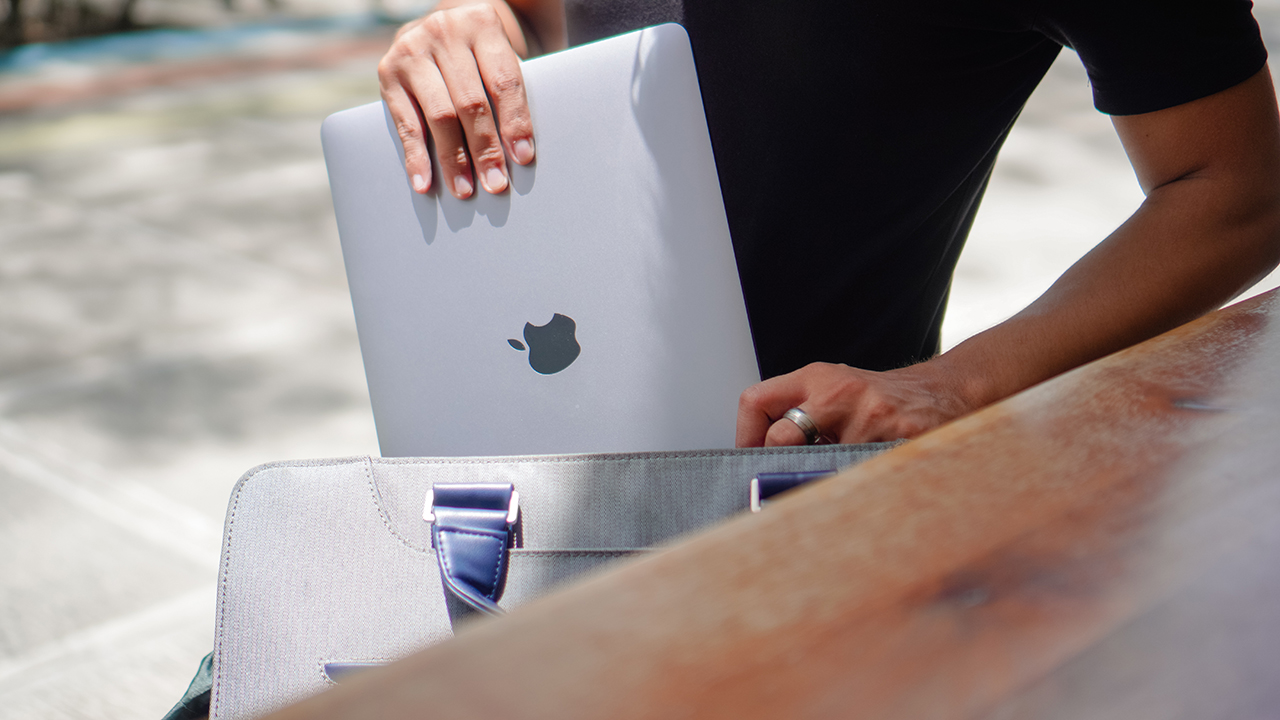
There’s no doubt that India is a major market for technology. While the country has its own brand preferences outside of the world’s usual, everyone still wants to get a piece of the market. To the dismay of global companies, the country is realizing the potential of its own market. Effective immediately, India has started restricting imports for new laptops, tablets, and PCs.
Recently, India made some headlines in the smartphone industry. A few companies, including Apple, have poured funds into building factories in India. Locally produced devices will allow these companies to attract the Indian market better. With the new regulations out today, it looks like these brands are going to enjoy a head start over others who aren’t in the country yet.
The Indian government introduced a new restriction (via Reuters) against the importation of “laptops, tablets, all-in-one personal computers, and ultra-small form factor computers and servers” made from other countries. Customers, however, will get an exemption. Airline passengers can still bring in these devices in their luggage. Additionally, a single imported device is allowable when bought through e-commerce platforms. Companies can import their products only by applying for a special license.
In a nutshell, bulk orders without a license are out. The government is instead encouraging users to buy locally produced products as part of its “Make in India” program. At the very least, it’s not a total ban on foreign brands. For example, Dell, HP, and Lenovo are exempt from the regulations since they already have production facilities built in the country.
SEE ALSO: Samsung overtakes Xiaomi as top phone brand in India

Attacking a huge smartphone market is difficult. With preferences constantly evolving, it can get tricky to figure out the best lineup to capture most of a market. Samsung, however, has just done it. In the last quarter of 2022, Samsung has taken the crown from Xiaomi as the bestselling smartphone brand in India.
India is an important market for most smartphone brands. It’s one of the largest markets in the world. However, despite its size, the biggest players are often those who offer more affordable devices for consumers. Budget is the name of the game if a brand wants to make it big in the country.
Things are changing, though. According to new market data (via Reuters), Samsung has nabbed the throne from the former leader, Xiaomi. In the last quarter of 2022, the Korean brand grabbed 20 percent of the market, while the latter only got 18 percent.
In a trend dubbed as premiumization, Indian consumers are reportedly enjoying more disposable income, resulting in more willingness to buy pricier products. Additionally, the report hints that consumers have started equating lower prices with inferior quality.
With the market trending towards more premium products, Samsung took the lead with a lineup that consists more of midrange to premium devices. It will also be interesting to see if Apple, an even more premium brand, can also make a dent in the Indian market.
SEE ALSO: Buyer’s Guide: Samsung Galaxy S23 Ultra

For one of the largest smartphone markets in the world, India is one of the rarer countries where Apple does not outright dominate. Undoubtedly, the company is trying to change that. Ongoing job listings in India are suggesting that Apple is ready to open its first brick-and-mortar store in the country.
First reported by Financial Times, Apple has posted job openings in India for several retail roles including for the iconic Genius Bar. Another clue even indicates that some spots have already been filled ahead of time. A few employees in the country have reportedly posted about their new jobs on LinkedIn.
Unfortunately, none of the job listings show how many stores are planned and where they will be. Narrowing things down by a bit, a few of the confirmed employees are from Mumbai and New Delhi. The report also does not indicate when the stores will open. However, since a few have already been hired, a grand opening might be coming soon.
Apple has a lot to gain by strengthening its foothold in India. The country is an important stronghold for smartphone companies. However, the company might find things harder as time goes by. The country recently dictated that brands must switch to USB-C if they want to sell their devices in India. All over the world, Apple remains the last stalwart against adopting the more universal standard.
-

 Events2 weeks ago
Events2 weeks agoStellar Blade: PlayStation taps cosplayers to play Eve for game’s launch
-

 Features1 week ago
Features1 week agoFortify your home office or business setup with these devices
-

 Accessories2 weeks ago
Accessories2 weeks agoLogitech unveils G Pro X 60 gaming keyboard: Price, details
-

 Reviews1 week ago
Reviews1 week agorealme 12+ 5G review: One month later
-

 Deals2 weeks ago
Deals2 weeks agoTCL P635 TV: Big savings for TCL’s anniversary
-

 Gaming1 week ago
Gaming1 week agoNew PUMA collection lets you wear PlayStation’s iconic symbols
-

 Accessories1 week ago
Accessories1 week agoMarshall Major V: Reasons Why I Love It
-

 Gaming1 week ago
Gaming1 week agoMore PlayStation 5 Pro specs have been leaked

